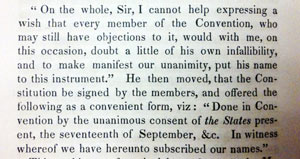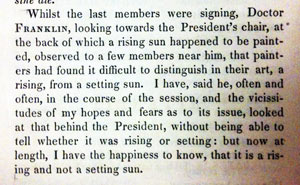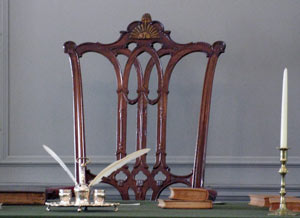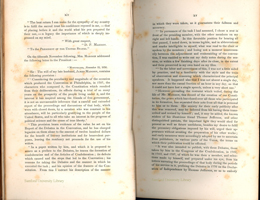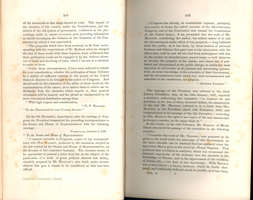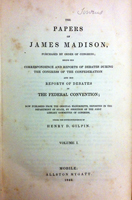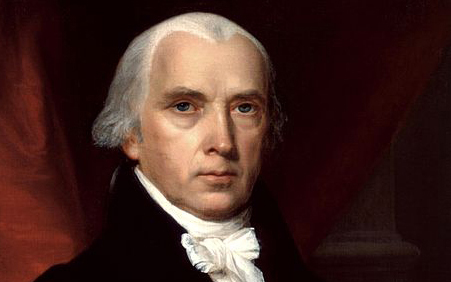
In May of 1787, the Constitutional Convention gathered in Philadelphia, Pennsylvania to address the governing of the United States of America. Prior to the Constitution, the young country had been operating under the Articles of Confederation. The original intent of the convention was to correct problems in the existing document however many of the delegates, including James Madison proposed to create a new government rather than fix the old one.
For his contributions at the convention, James Madison became known as the "Father of the Constitution". While waiting for the delegates to assemble, Madison mapped out a proposal for a new constitution known as The Virginia Plan. The plan proposed the idea of representation based on population for the national legislature. The plan also called for three branches of national government: legislative, executive, and judicial. Other plans for government were submitted as well including the New Jersey Plan by William Paterson. Under the New Jersey Plan the existing Continental Congress would remain the same as would the equal representation among the states. The Connecticut Compromise allowed for both plans to work together. However, other issues for debate including States Rights and a Bill of Rights developed.
Before the new constitution was signed on September 17, 1787, Benjamin Franklin asked that everyone put aside their doubts for the sake of the country and be unified in the decision to sign the instrument.
“On the whole, Sir, I cannot help expressing a wish that every member of the Convention, who may still have objections to it, would with me, on this occasion, doubt a little of his own infallibility, and to make manifest our unanimity, put his name to this instrument.”Benjamin Franklin
The Samford University Library holds an 1842 edition of the set which was given to the library during the early years of Howard College by the Philomathic Society, a student literary society in the 1850s.
Resources
- Benjamin Franklin's Speech, September 17, 1787, From Project Avalon
- Madison, James, and Henry D. Gilpin. The Papers of James Madison, Purchased by Order of Congress; Being His Correspondence and Reports of Debates During the Congress of the Confederation and His Reports of Debates in the Federal Convention. Mobile: A. Mygatt, 1842.
- James Madison and the Federal Constitutional Convention of 1787 From The Library of Congress
- The Charters of Freedom From The National Archives
- The Constitutional Convention From TeachingAmericanHistory.org
- Prologue:Pieces of History From The National Archives


